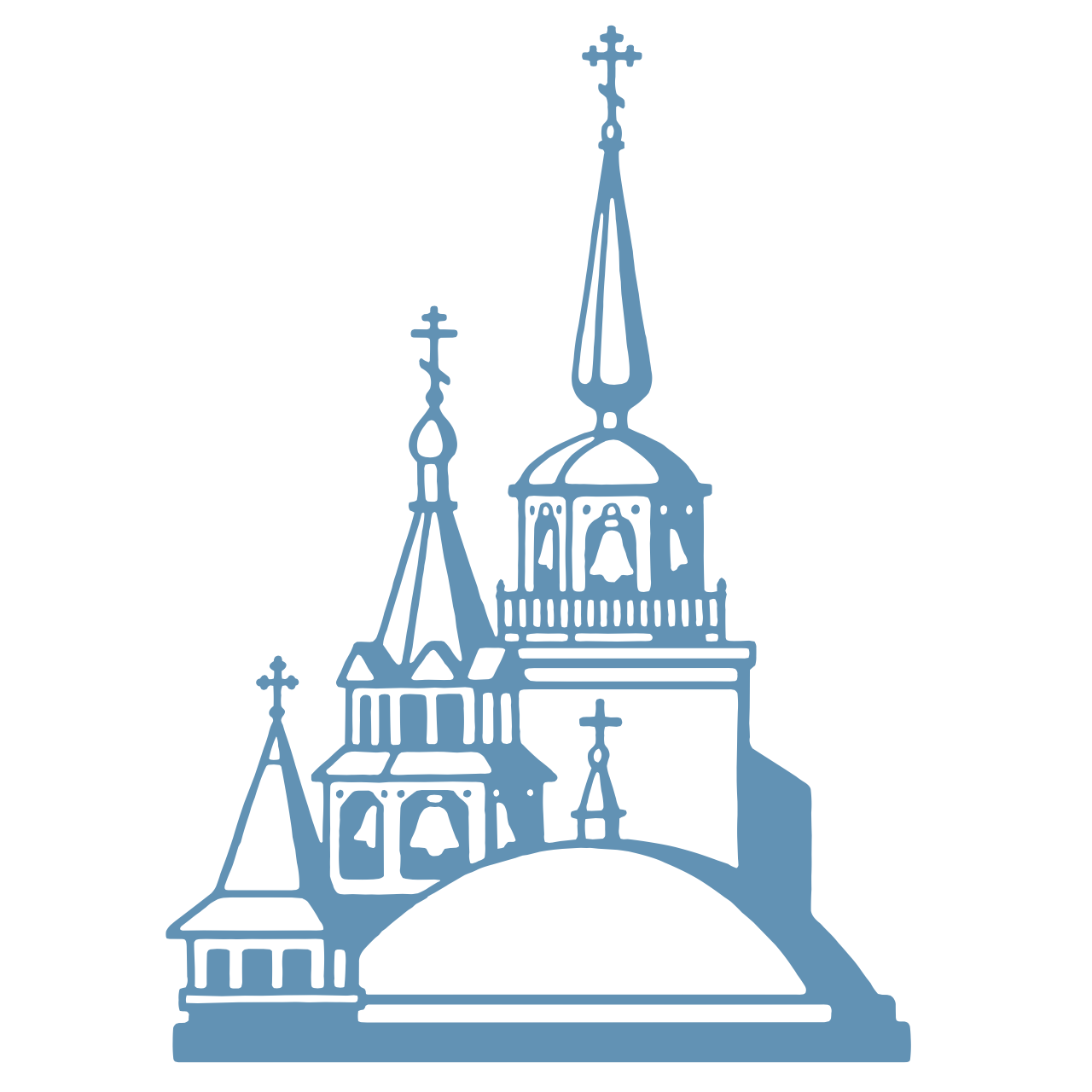In the sacrament of Chrismation we receive “the seal of the gift of the Holy Spirit” (See Rom 8, 1 Cor 6, 2 Cor 1:21-22). If baptism is our personal participation in Easter—the death and resurrection of Christ, then chrismation is our personal participation in Pentecost—the coming of the Holy Spirit upon us.
The sacrament of chrismation, also called confirmation, is always done in the Orthodox Church together with baptism. Just as Easter has no meaning for the world without Pentecost, so baptism has no meaning for the Christian without chrismation. In this understanding and practice, the Orthodox Church differs from the Roman Catholic and Protestant churches where the two sacraments are often separated and given other interpretations than those found in traditional Orthodoxy.
Chrismation, the gift of the Holy Spirit, is performed in the Orthodox Church by anointing all parts of the person’s body with the special oil called holy chrism. This oil, also called myrrh [miron] is prepared by the bishops of the Church on Holy Thursday. It is used in chrismation to show that the gift of the Spirit was originally given to men through the apostles of Christ, whose formal successors in the world are the bishops of the Church (see Acts 8:14; 19:1-7).
In chrismation a person is given the “power from on high” (Acts 1-2), the gift of the Spirit of God, in order to live the new life received in baptism. He is anointed, just as Christ the Messiah is the Anointed One of God. He becomes-as the fathers of the Church dared to put it—a “christ” together with Jesus. Thus, through chrismation we become a “christ,” a son of God, a person upon whom the Holy Spirit dwells, a person in whom the Holy Spirit lives and acts—as long as we want him and cooperate with his powerful and holy inspiration. Thus, it is only after our chrismation that the baptismal procession is made and that we hear the epistle and the gospel of our salvation and illumination in Christ.
After the baptism and chrismation the person newly-received into God’s family is tonsured. The tonsure, which is the cutting of hair from the head in the sign of the cross, is the sign that the person completely offers himself to God—hair being the symbol of strength (Jud 16:17). Thus, until the fifteenth century the clergy of the Orthodox Church—the “professional Christians,” so to speak—wore the tonsure all their lives to show that their strength was in God.







